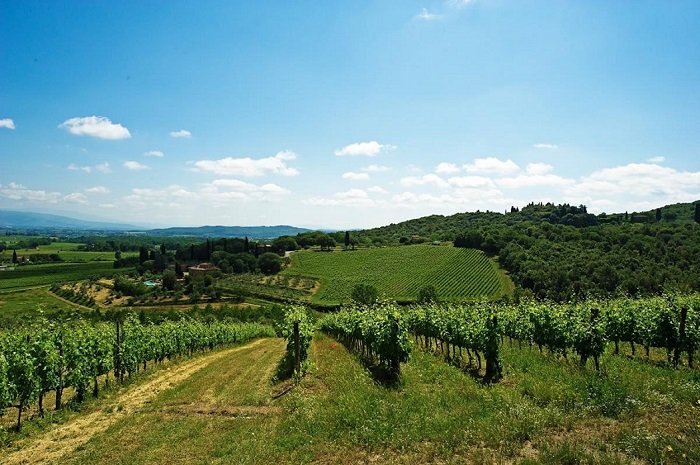The MASAF Wine Committee approves the changes to the specification of the Valdarno di Sopra DOC, now we are waiting for the decree that will make them operational. This will soon be followed by a further change affecting “vineyard” (“vigna” i.e. cru) wines, with the inclusion of a requirement to use organic grapes for this specific type.
After five years, the process of amendments to the specification of the Valdarno di Sopra D.O. was concluded on Dec. 21 with the positive assessment of the National Wine Committee. The appellation, which has its roots in Cosimo III de Medici’s 1716 proclamation, was approved in 2011. Over these ten years, producers have unanimously refined their vision of the Denomination, noting the need for a number of changes.
The new production regulations, to be implemented by a ministerial decree, is an important first step in this direction. The production area was enlarged to include the Florentine part of Valdarno di Sopra and in parallel sub-areas were abolished, thus bringing back to uniqueness a territory that is historically, naturally and ampelographically united, as moreover stated in the Bando di Cosimo III.
The decision to be a territorial and single-vineyard appellation has been reinforced, with the inclusion of several indigenous types, thus accentuating the characteristic of enhancing the link with the territory, its history, traditional cultivation and professionalism. The ampelographic bases of Valdarno di Sopra red and white have been better identified, thus giving more potential to producers.
Lastly, and this is something the producers care a lot about for the future evolution of this typology, the process of greater characterization and growth of wines with the mention “vineyard” has begun by providing the same analytical values for them as for reserve wines. A choice in line with the profound conviction of the producers of Valdarno di Sopra that the future must be based on the quality found in the best vineyards, for that their composition of soil, position, ampelographic base, and training methods. The most valuable vineyards that are registered and controlled, as required by the regulations, and that produce wines that only after the completion of the cellar processes, which are also controlled and certified, can bear the mention “vigna.”
A first step in a characterization of “vineyard” wines that the Consortium intends to continue. In fact, additional changes have already been submitted to the Region and Ministry, which we believe will be evaluated and hopefully approved in a very short time indeed, including that of therequirement for wines with the mention “vineyard” to use organic grapes. Because the best wines come from the best soils with the best vines.




